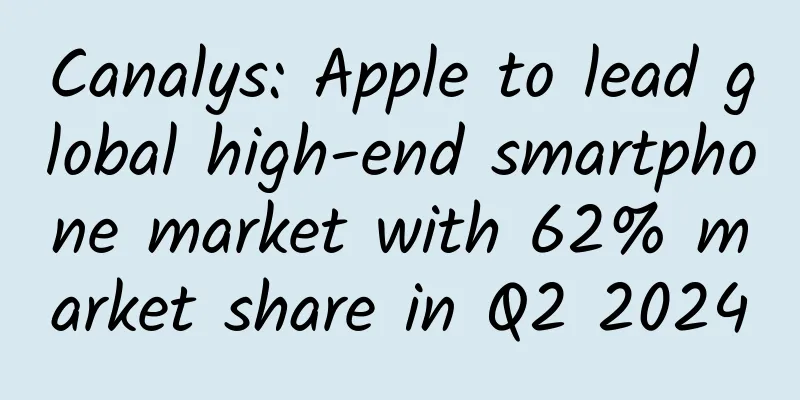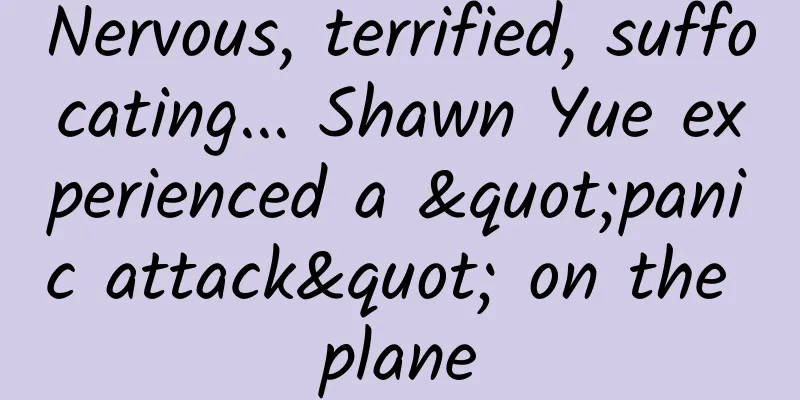Gynecological diseases requiring surgery

|
Gynecological diseases are the most harmful type of disease to women's health today, and they are also a type of disease that can have a great impact on the health of women's reproductive system. Of course, if it is some more serious gynecological diseases, or some more special gynecological diseases, they need to be treated by surgery. For example, ovarian cysts, uterine fibroids and cervical erosion all require surgical treatment! 1. Ovarian cyst The right ovarian cyst is the right adnexal cyst. Generally, adnexal cyst refers to ovarian cyst. Ovarian cyst is a common benign tumor of the female reproductive organ, which is called "stone mass" or "intestinal cyst" in traditional Chinese medicine. It is divided into mucinous cystadenoma, serous cystadenoma, benign teratoma, fibroma, testicular blastoma and other types. Most of them have the possibility of malignant transformation and are common in women aged 20-50 years old. Ovarian cysts are a type of tumor. The acidic environment inside the ovary is conducive to the growth of the tumor, so you should eat more alkaline foods (zucchini, bamboo shoots, kelp, tomatoes) to neutralize the acidic environment, which can effectively reduce the proliferation rate of the cyst. 2. Cervical erosion Cervical erosion is caused by the invasion of bacteria on the cervix, which causes the squamous epithelium on the surface to slowly fall off. At this time, the columnar epithelium in the cervical canal takes the opportunity to surround it, making the cervix look red, and some even appear granular, forming cervical erosion. Doctors will classify the erosion into mild, moderate or severe based on the size of the area. Generally speaking, erosion area less than 30% is mild, 30%-60% is moderate, and more than 60% is severe. 3. Uterine fibroids Uterine fibroids are a common tumor in women, but since they are benign, they do not require treatment unless they are serious. However, serious cases require formal treatment. So as not to cause the uterine fibroids condition to worsen. Uterine fibroids can generally be divided into three types: subserosal fibroids, intramural fibroids, and submucosal fibroids. Generally speaking, this disease is more common in older women. Women between the ages of 30 and 50 are most likely to suffer from uterine fibroids. Generally, they are benign, but you should pay attention to changes in the disease. Severe cases may also lead to female infertility, so you should pay special attention. |
<<: Which gynecological diseases cannot cause normal delivery?
>>: Drinking yogurt to treat gynecological diseases
Recommend
How to calculate the time of pregnancy
Calculating the due date in daily life is a very ...
Chinese medicine diet therapy for heavy menstruation after childbirth
Irregular menstruation or excessive menstruation ...
Woman Eats Raisins as a Snack, and the Results Are Surprisingly Good
Raisins are fragrant, sweet and nutritious. Many ...
Menstrual pain in the buttocks
Important reminder: Women may experience abnormal...
What are the symptoms of heating pipe blockage?
Women also have an ovulation period once a month,...
What are the symptoms of unsuccessful pregnancy preservation?
For various reasons, many women need to protect t...
Causes of vulvar itching and pimples
Some women experience an abnormally large amount ...
Can I have sex fifteen days after an abortion?
Many female friends do not have much time or mone...
How to read Alzheimer's blood test results
Source: Time Master, Ni Xiaojiang...
Can I have sex with endometrial polyps?
The occurrence of diseases such as uterine polyps...
What are the symptoms of menopause in women?
After women enter puberty, they will start to men...
Why is the cervix open?
When your cervix opens, it means you are about to...
Why can't I get pregnant if my follicles are normal?
The most basic condition for pregnancy is that th...
Does the disappearance of breast swelling mean that the fetus has stopped growing?
Fetal arrest is definitely a nightmare for expect...
Women have been farting a lot lately and it smells bad
Farting in daily life is a very embarrassing thin...









